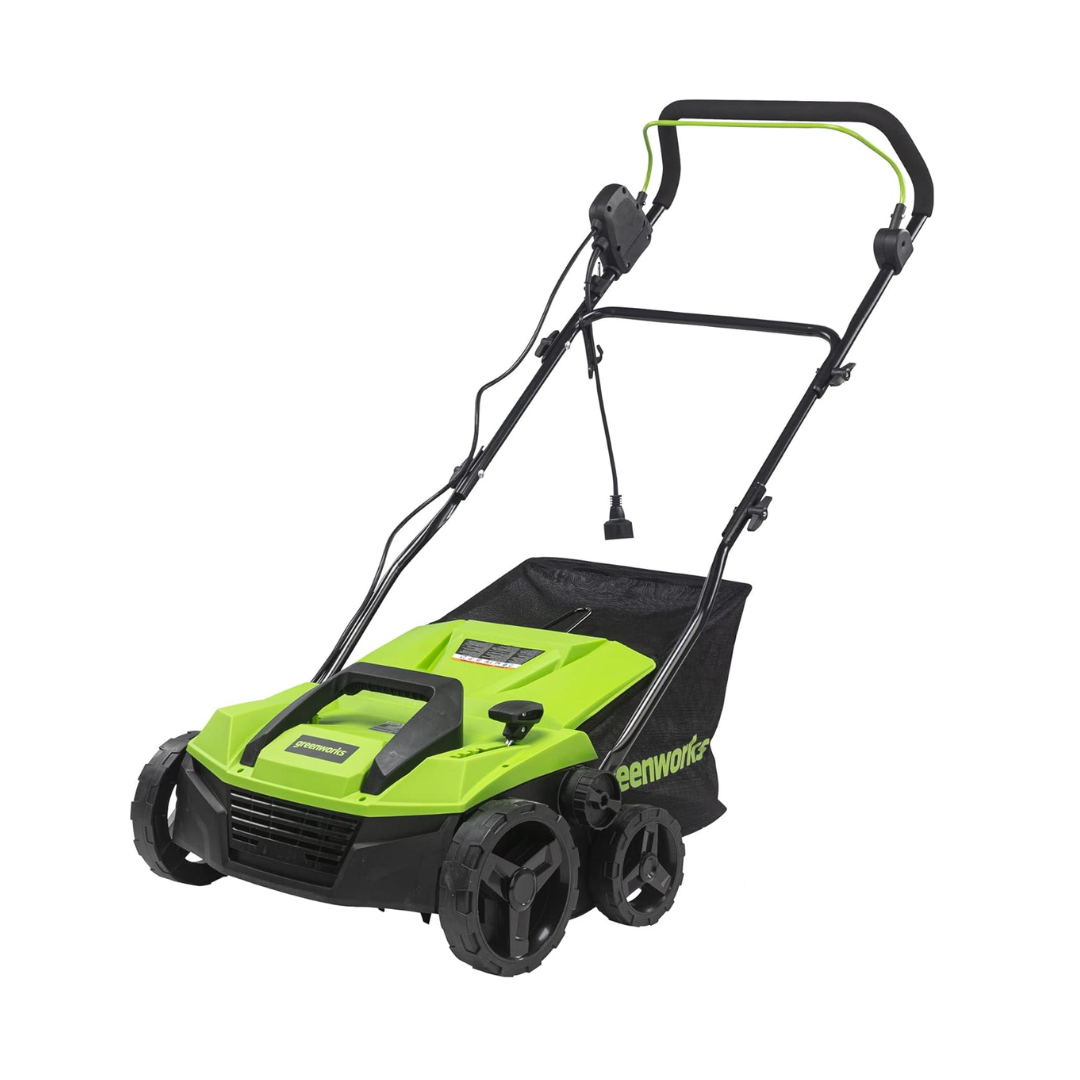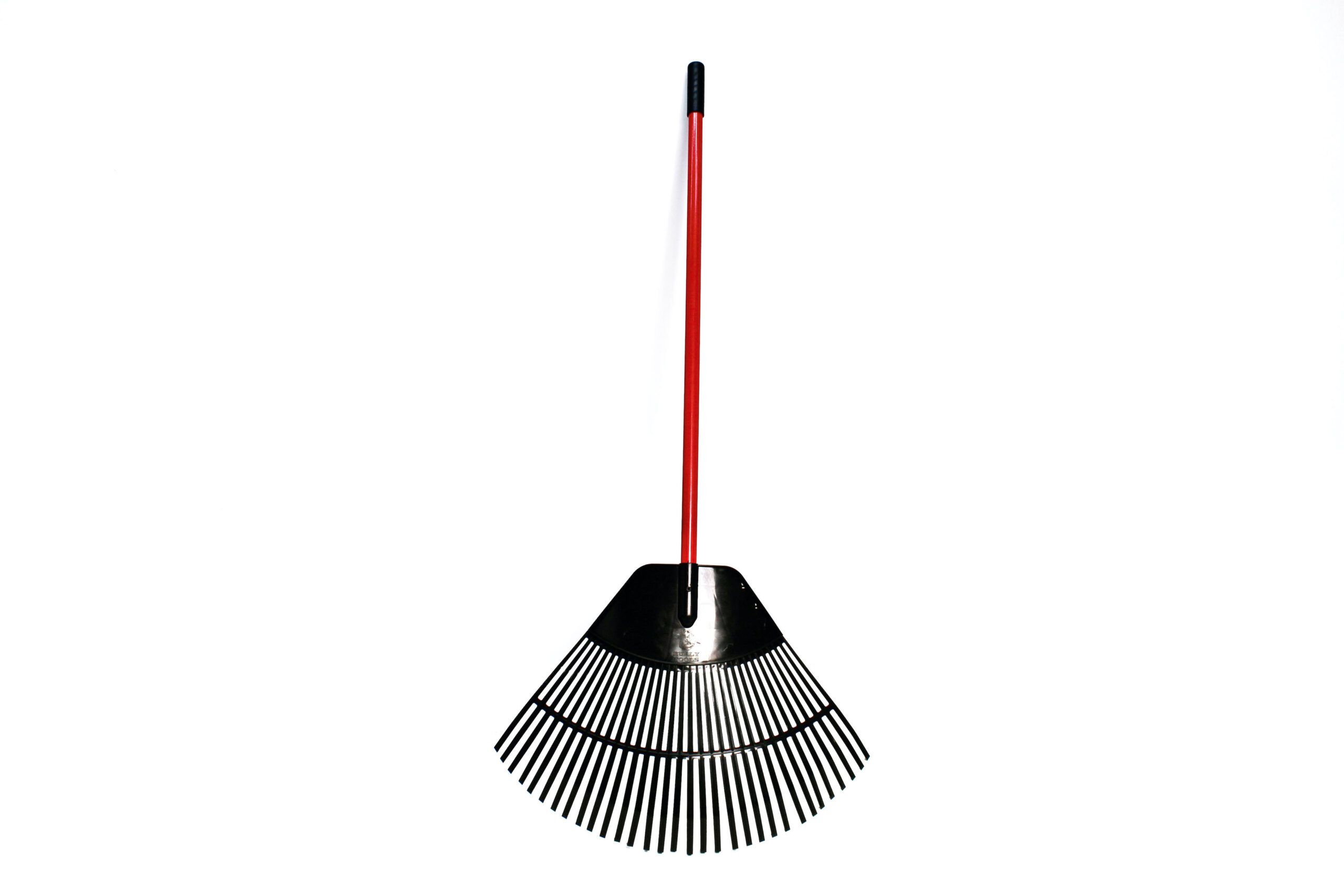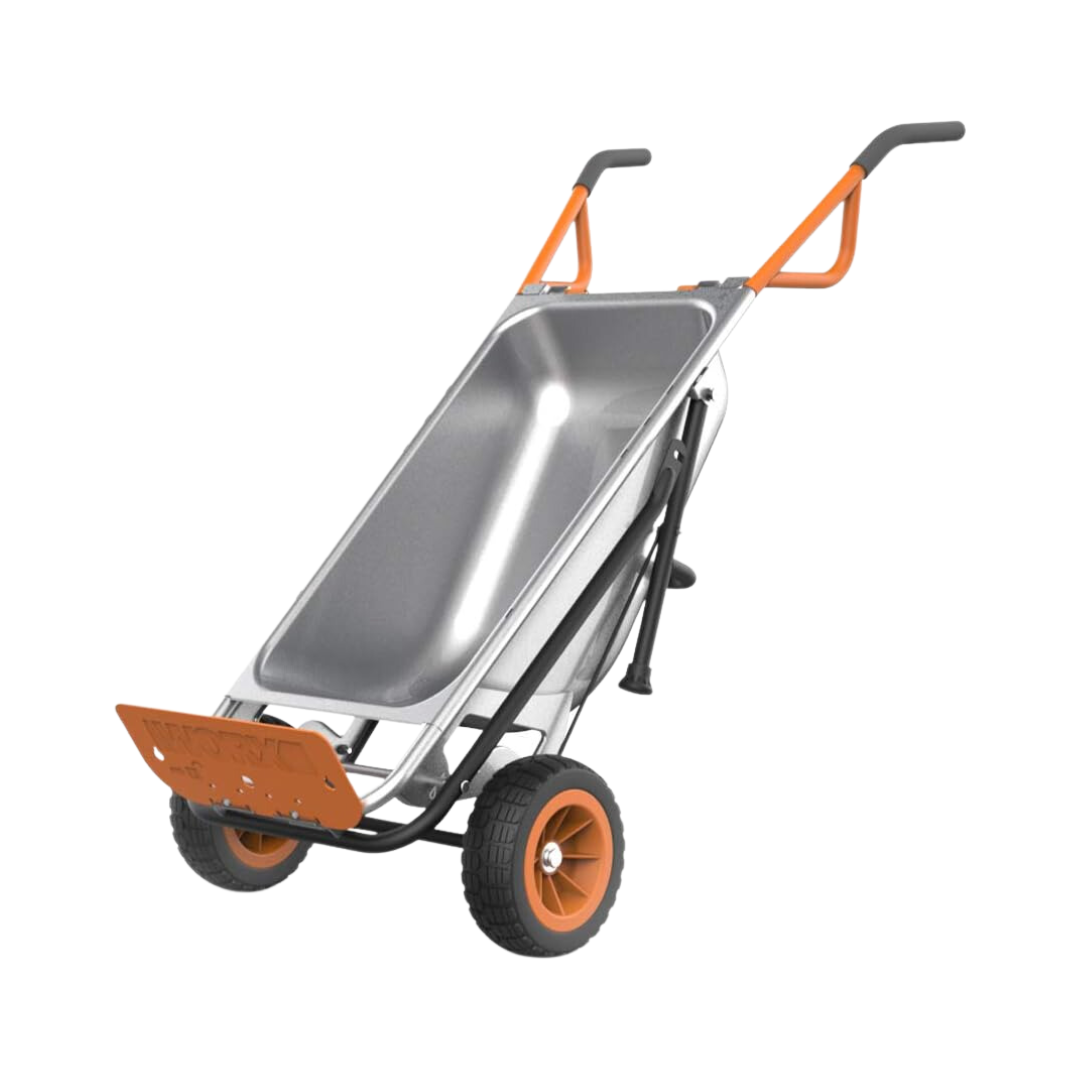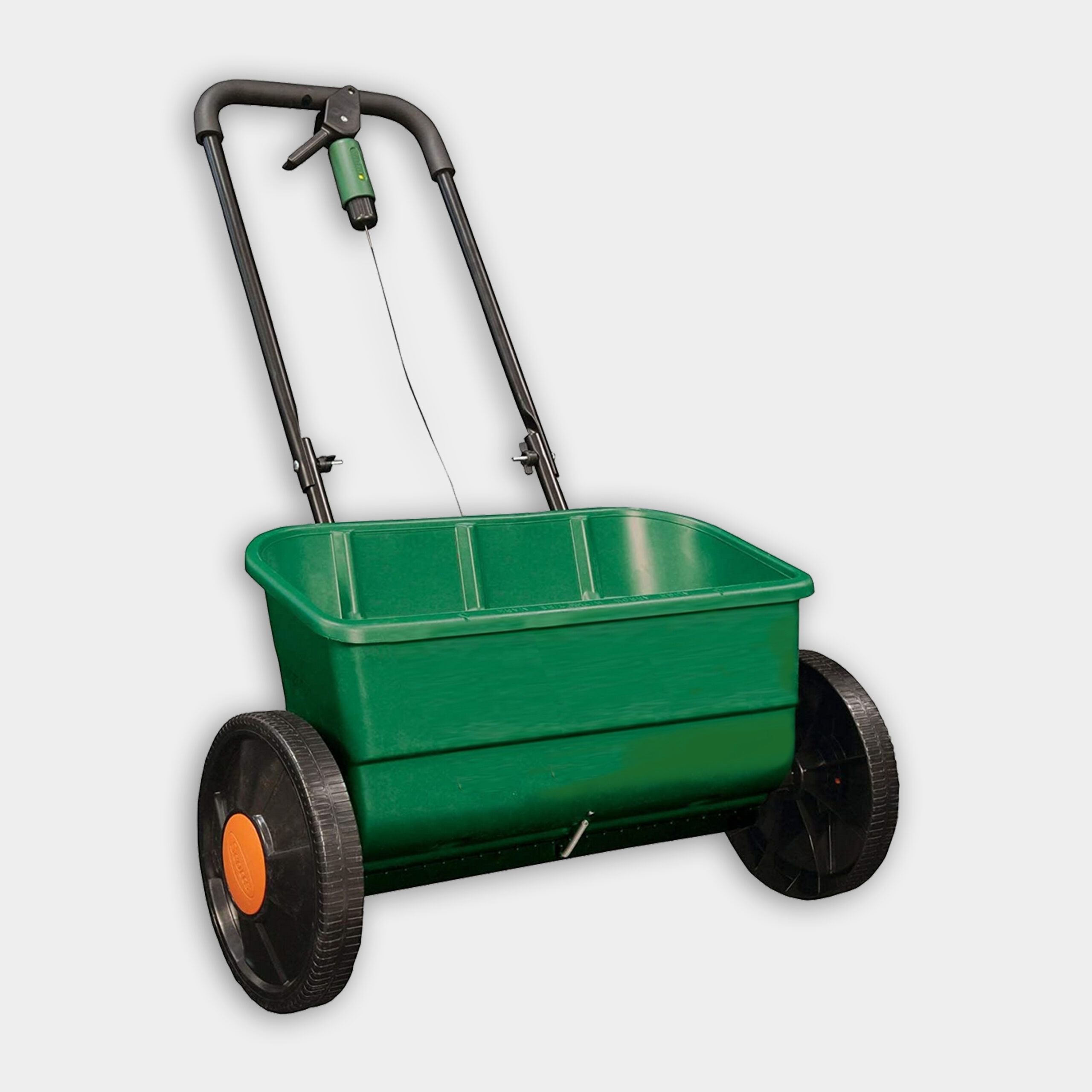We may be compensated if you purchase through links on our website. Our team is committed to delivering honest, objective, and independent reviews on home products and services.
A lush, green lawn is the dream of many homeowners, but achieving it can be challenging. Patchy areas and invasive weeds can quickly turn your lawn from a source of pride to an eyesore. Fortunately, with the right approach and a bit of effort, you can transform your struggling lawn into a thriving green space. In this article, This Old House landscape contractor Roger Cook showcases the multiple steps needed to breathe new life into a dying lawn.
Assessing Your Lawn’s Condition
Before tackling lawn restoration, you’ll need to evaluate the current state of your grass. This will help you determine the best course of action and identify specific problem areas.
Identifying Common Lawn Problems
Take a close look at your lawn to spot these common issues, such as:
- Bare patches: Areas where grass is sparse or non-existent
- Thin grass: Sections where the grass appears weak or sparse
- Uneven growth: Inconsistent grass height or texture across the lawn
- Weed infestation: Presence of unwanted plants like dandelions or crabgrass
Determining the Causes of Lawn Damage
Understanding the root causes of your lawn’s problems is needed for effective treatment. Some common culprits include:
- Excessive foot traffic
- Improper mowing techniques
- Inadequate sunlight
- Improper watering practices
- Pest infestations
- Poor soil quality
Preparing Your Lawn for Restoration
Once you’ve assessed your lawn’s condition, it’s time to prepare it for rejuvenation. This process involves several steps to create an optimal environment for new grass growth.
Mowing and Dethatching
Start by mowing your lawn to a height of about 1½ inches. This shorter length allows for better seed-to-soil contact during the restoration process. However, the length may vary based on your native grass type. When you mow, be sure to bag the clippings.
After mowing, use a dethatching machine to remove dead grass and leaves, which can prevent new grass from taking root. Rake up all the thatch and dump it into a wheelbarrow to ensure the new seeds can reach the soil more effectively.
Aerating the Soil
Use a core aerator to create small holes in the soil, allowing air, water, and nutrients to penetrate deeper into the root zone. Then, rake up and remove the soil plugs deposited onto the lawn by the core aerator. This process helps alleviate soil compaction and promotes healthier grass growth. Aeration also makes it easier for your lawn to recover from foot traffic and other stresses.
Adding Compost and Fertilizer
Spread a ½-inch layer of compost over your lawn to improve soil quality and provide essential nutrients. Use a rake to work the compost into the aeration holes. Then, use a broadcast spreader to apply a balanced fertilizer, such as a 9-3-4 blend, for even distribution. The numbers in the fertilizer refer to specific nutrients. A 9-3-4 blend is nine parts nitrogen, three parts phosphorus, and four parts potassium.
Seeding and Overseeding Techniques
Seeding properly helps fill in bare patches and thicken your lawn. Cook emphasizes using a high-quality seed blend that matches your existing grass types to ensure consistency.
Choosing the Right Grass Seed
Select a grass seed blend that suits your climate and lawn conditions. In the video, Cook selected a mix of perennial ryegrass, fescue, bluegrass, and bentgrass for the homeowner’s lawn since that is what was already present. The blend ensures that your lawn can withstand varying conditions and maintain a uniform appearance. Here are some common types of lawn grasses and the types of climates they are suitable for:
Cool-Season Grasses
- Kentucky Bluegrass: Known for its rich, green color and fine texture, Kentucky bluegrass thrives in cooler climates with moderate rainfall. It is commonly used in lawns in the northern regions of the U.S.
- Fescue: There are several types of fescue, including tall fescue and fine fescue, which are highly adaptable and tolerate shade well. They are suitable for cooler climates and regions with variable weather.
- Ryegrass: Quick-germinating and oten used for overseeding, ryegrass grows well in cooler temperatures and provides a vibrant green lawn during fall and spring.
Warm-Season Grasses
- Bermudagrass: Highly drought-tolerant and resilient, Bermudagrass thrives in hot, sunny climates and is common in the southern U.S. It’s a good choice for areas with intense heat and limited water availability.
- Zoysiagrass: This type of grass is known for its dense growth and tolerance to heat and drought. Zoysiagrass also withstands heavy foot traffic, making it suitable for lawns and recreational areas.
- St. Augustinegrass: This grass prefers warm coastal climates and is highly tolerant of salty conditions. It’s commonly found in the Gulf Coast and southern U.S., offering a thick, lush lawn with minimal care.
Transitional Zone Grasses
- Tall Fescue: This versatile grass can grow in both cool and warm climates, making it ideal for the transitional zones between northern and southern regions.
Proper Seeding Methods
Use a hand-crank broadcast spreader to apply the seed evenly across your lawn. While the directions suggest using five pounds of seed per 1,000 square feet, Cook suggests using about seven pounds per 1,000 square feet for optimal coverage. Ensure the seed is spread evenly to avoid patchy growth. After spreading the seed, lightly rake it into the soil to ensure good seed-to-soil contact. Light raking protects the seeds from being blown away or eaten by birds and increases the chances of germination.
Watering and Maintenance After Seeding
Keep the newly seeded areas consistently moist by watering lightly twice a day. This frequent watering is crucial for seed germination and establishment. Monitor the soil to ensure it remains damp but not waterlogged. Continue this watering schedule until the new grass is well-established, typically about two to three weeks. Gradually reduce the watering frequency as the grass grows stronger.
Weed Control Strategies
Here are some effective strategies to manage weeds in your lawn:
- Regular mowing: Maintain proper mowing height and fertilization to promote dense grass growth, which naturally suppresses weeds
- Manual removal: Pull weeds by hand, ensuring you remove the entire root system
- Spot treatment: Use targeted herbicides for persistent weeds
Preventative Measures
To further reduce the risk of weed infestation, follow these preventative measures:
- Apply pre-emergent herbicides
- Avoid over-fertilization, which can promote weed growth
- Ensure your lawn has proper drainage to prevent conditions conducive to weed germination
Ongoing Lawn Care and Maintenance
To keep your newly restored lawn looking its best, implement these ongoing care practices:
- Annual aeration: Perform core aeration yearly to maintain soil health
- Overseeding: Reseed thin areas annually to maintain a thick, lush lawn
- Proper watering: Water deeply and infrequently to encourage deep root growth
- Regular mowing: Cut your grass to the appropriate height for your grass type
- Seasonal fertilization: Apply fertilizer according to your grass type and climate
- Test your soil: Conduct soil tests periodically to monitor nutrient levels and adjust fertilization accordingly
- Address pests promptly: Treat pest issues as soon as they arise to prevent damage








